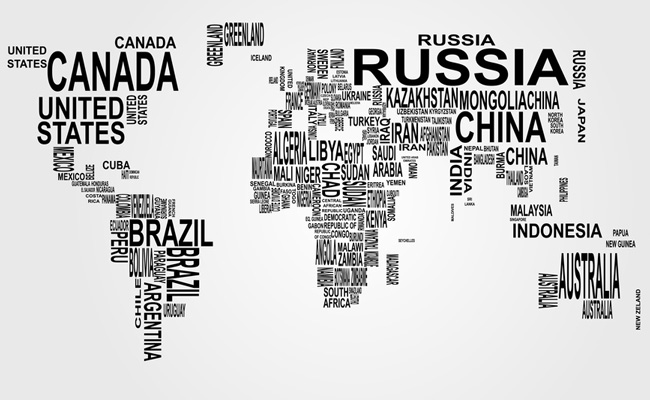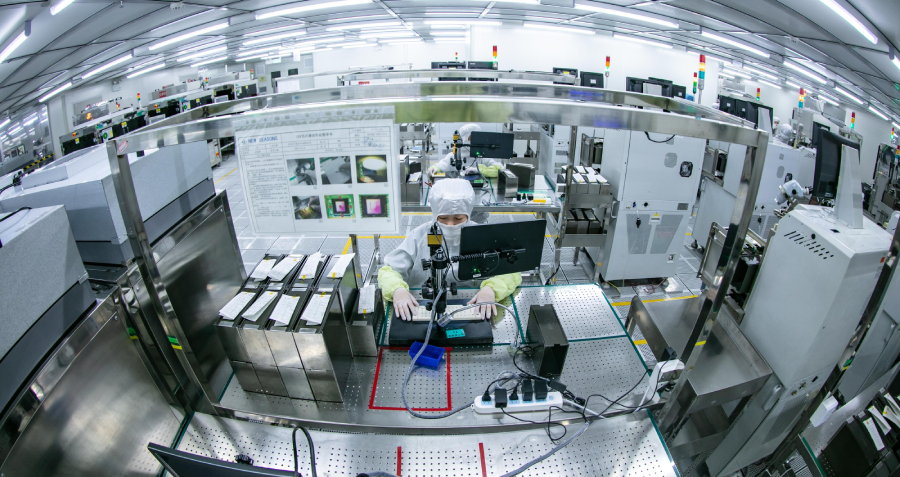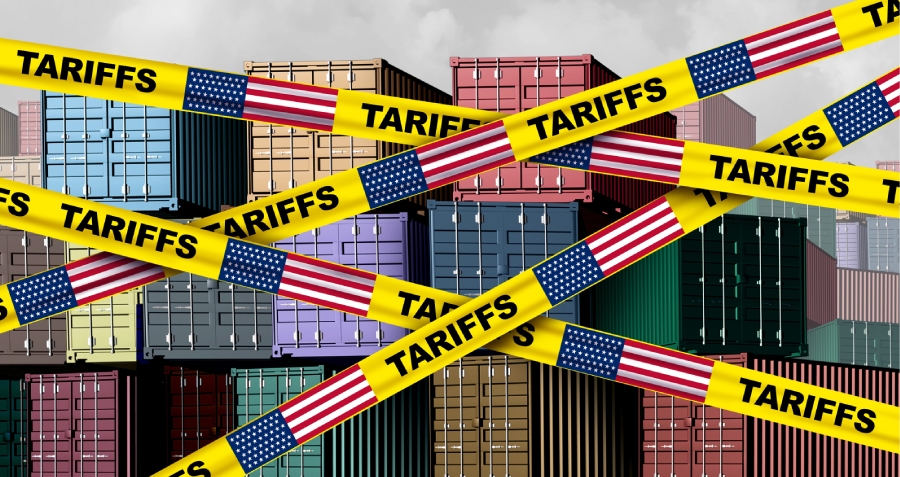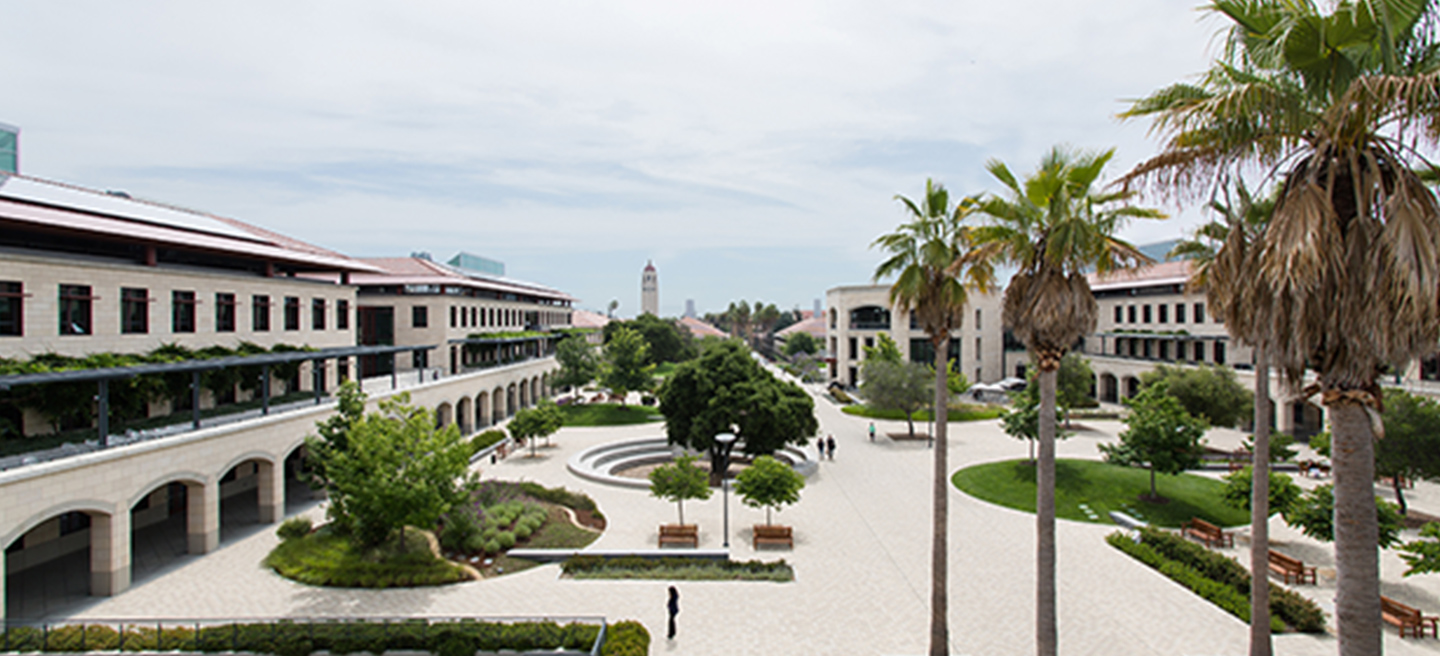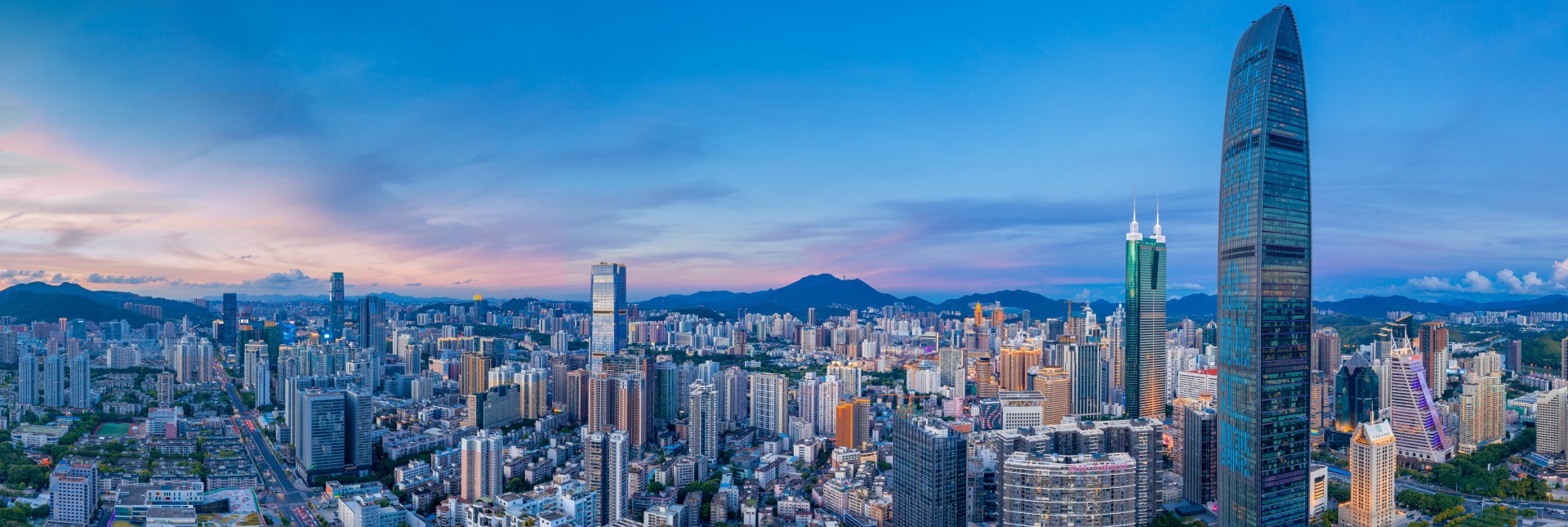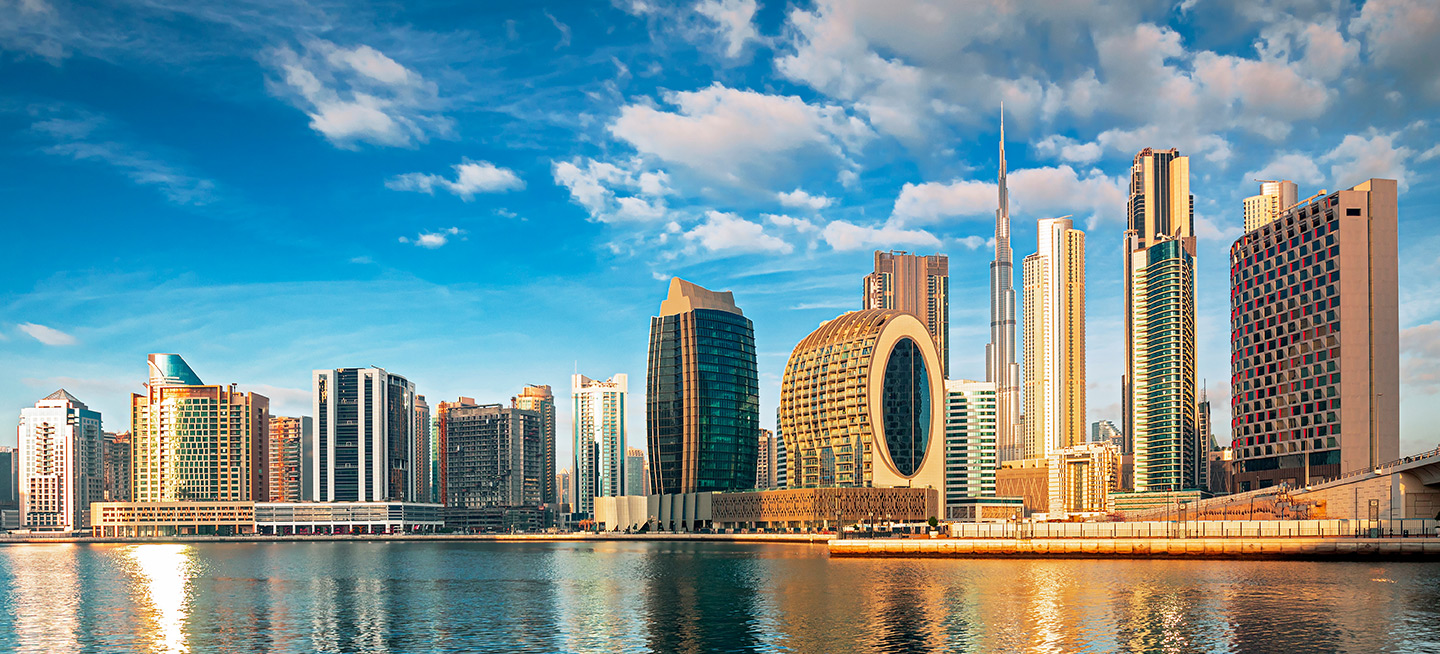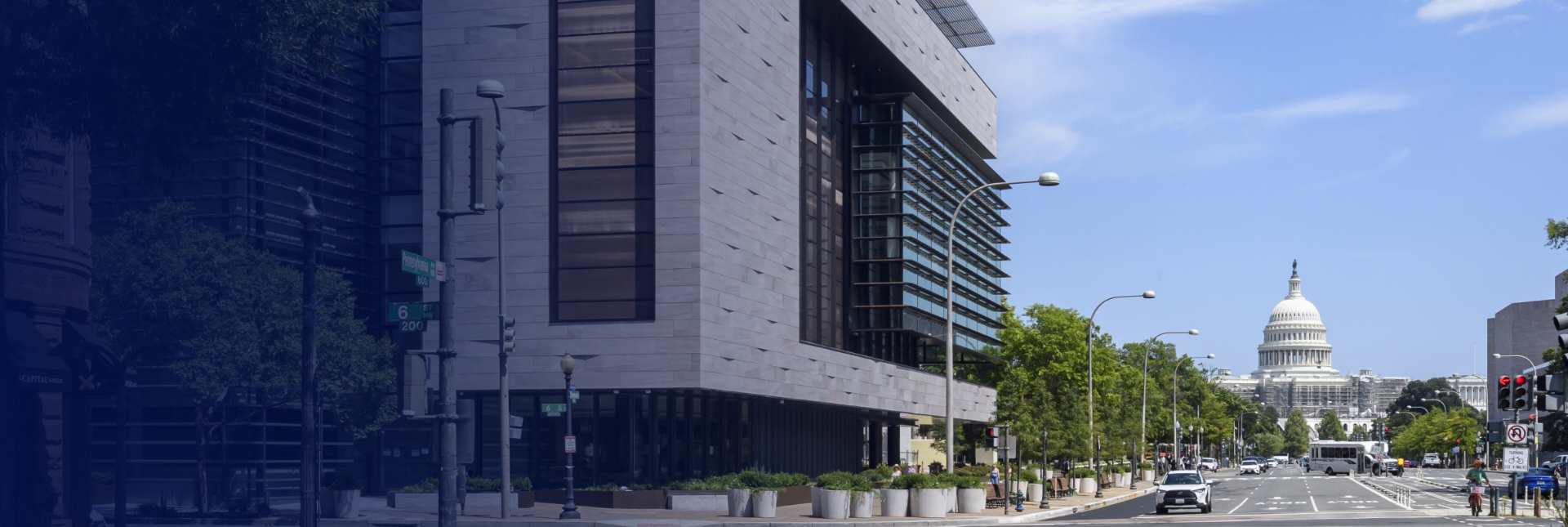Why the West is turning away from free trade – and how Chinese companies should respond
Part 1: The End of the Consensus on Trade Liberalization
For the past three decades, the general political consensus in the mature Western economies has been that trade liberalization is a good thing.
In macroeconomic terms, those policymakers were largely right: most economists credit rising levels of global trade and cross-border investment with lifting nearly a billion people out of poverty in the developing world and reducing prices for consumers almost everywhere.
Yet despite those successes, a growing segment of the public in the mature economies sees the impact of liberal trade policies quite differently. This revisionist view sees free trade as a major cause of the declining prosperity in the mature economies. On the left and right of the political spectrum in the US and in Europe—most recently and definitively in the “Brexiting” United Kingdom—a new orthodoxy is developing that favors more restrictions on the movement of capital, goods, and people.
This new xenophobia appears to be so entrenched that regardless of how populists in Europe and the US fare in their upcoming elections, Chinese exporters will soon face more consumers, potential partners, and regulators who are anxious about their presence and suspicious of their intentions.
In this two-part series, we look first at why this anti-globalization (and to some degree anti-Chinese) consensus has grown, and second, at ways corporate strategists say Chinese companies can overcome this chilly reception.
A crisis of confidence
Several factors have driven the growing sourness on trade, observers say. The biggest cause may be the long slow recovery from the 2008 financial crisis.
“Trade is something that is invisible during good times,” says Peter Kennedy, Managing Principal of the Futures Strategy Group in Glastonbury, CT. “It just happens, and nobody complains about their bobble head dolls being made in China or Sri Lanka. It becomes visible when it becomes perceived as part of a zero-sum game in which China or India or Mexico or Brazil is gaining at the expense of US workers.”
Although the memory of the crisis is getting less strong now, workers are still skeptical about trade. A recent survey by the Pew Research Center found that nearly 8 in 10 adults say that increased outsourcing of jobs to other countries hurts American workers and nearly that number believe that the rise of imported goods in the US has been harmful.
There is also still a gap in the trust of institutions between the best-informed section of the public (roughly 15%) and the rest. In the US these days, according to the 2016 Edelman Trust Barometer, 70% of informed respondents said they trust business in general compared to 51% of the general population. The gap is even starker viewed in terms of income, with 71% of the top quartile trusting business compared to 40% in the bottom quartile. Nor is this lack of faith confined to the US: other mature markets, including the UK, France, and Australia, also have at least a 15% gap between the better paid and the rest.
“We appear to have lost the ‘trickle-down effect’ in trust as well as in economics in many markets, and may be entering new and darker ‘trust territory’,” says David Brain, President and CEO for Edelman in Asia Pacific, the Middle East, and Africa, quoted in the executive summary of the global public relations consultancy’s report.
The skepticism of the most economically vulnerable workers comes as no surprise to one US sociologist. “It’s been building and building and building for a long period of time,” says Victor Tan Chen, an assistant professor at Virginia Commonwealth University and author of Cut Loose: Joblessness and Hopelessness in an Unfair Economy, a study of the struggles faced by long-term unemployed autoworkers in the US and Canada, as they cope with the multiple challenges of displacement in countries with a weak social safety net.
So whose fault is it?
Several factors have accentuated a sense of vulnerability among blue-collar workers and increased their sense that Chinese price pressures are to blame. One is the fact that most wages have stayed relatively flat in recent decades.
The Economic Policy Institute, a labor think tank, blames a steep decline in union membership for the lost wages. As factories relocated to southern states that discouraged unions, northern Mexico, and China, union membership has plunged in the US. The institute estimates that the ratio of American private sector workers represented by a union has fallen from 1 in 3 in the 1950s to 1 in 20 today.
Overall, only 11.1% of US workers belonged to a union in 2015, a sharp reduction from 1983 when the union membership rate stood at 20.1%, according to US Bureau of Labor Statistics. Many of those still unionized are in the public sector, particularly police and teachers; in the private sector, union membership is down to 6.5% of all workers.
This seems to have some real consequences. On average, nonunion workers earn 79% of the earnings of unionized workers ($775 v. $990 per week), according to the BLS. In addition, the Washington-based Economic Policy Institute has argued that the decline in unionization has helped suppress the wages of union and nonunion worker alike, especially for less-educated workers.
In any case, although GDP per person continued to increase by about 2% a year, the same long-run trend followed since 1880, according to a 2015 Stanford report, blue-collar workers have been working less and earning less for it.
Yet although foreign and particularly Chinese competition is often seen as a source of economic precariousness, surprisingly few Western job losses have been the direct result of Chinese imports. Although total manufacturing employment in the US fell from 17.2 million workers in 1999 to 11.4 million in 2011, Chinese imports represented only 10% of that shift, according to an estimate in a study by the National Bureau of Economic Research, a Washington, DC, think tank.
Much of the reduction in employment is due to automation, which tends to take away the jobs that demand mostly patience, according to the Congressional Research Service report. The service noted that the manufacturing jobs left in the US, only two in five factory workers are now directly engaged in production – and many of the jobs that remain are not traditional blue-collar work. These days, 29% of US manufacturing workers have college degrees, according to the Congressional Research Service – just slightly below the 32% national average for people aged 25 and over.
Since 1990, the number of American jobs that require physical skills has grown by 18% even as the number of jobs that require social skills has increased by 83% and analytical skills by 77%, according to Pew researchers. Overall, the Stanford report found that the share of work performed by college-educated workers has grown steadily since the 1960s. Since 2012, the college educated contributed more than 50% of all hours worked in the US – for which employers paid a premium of nearly 100% relative to non-graduates’ pay.
But losses in factory jobs are not just a US phenomenon. Instead, manufacturing employment is falling almost everywhere. A 2014 Conference Board study quoted by the US Congressional Research Service found that manufacturing employment in most leading economies fell by 20-49% between 1990 and 2014, including 8.5-15.4% between 2008 and 2014. Nor are they alone: in the past two decades, manufacturing jobs have fallen as a percentage of total employment in Brazil, India, and even China as well.
Pew researchers say that 54% of current US workers believe they will need to get more training to stay relevant in the job market. They also see a white-collar economy ahead: 85% believe that to succeed, workers need to have a detailed understanding of how to use computers, the ability to work with people from many different backgrounds, and training in writing and communication.
Not surprisingly perhaps, particularly given the long years of study that would require, easier solutions such as tearing up trade deals or sending illegal immigrants home are also finding a more sympathetic audience.
“It isn’t like the 1990s any more. There’s not that kind of consensus I think within political parties in the United States in favor of free trade,” says Chen. “It’s much more fractured politics. Any kind of savvy businessperson will have to recognize that reality. When there are too many losses sustained by ordinary American workers, that will breed either this backlash against free trade, a backlash against immigration, or just general isolationism.”
Next: How should Chinese companies respond to the challenge?




